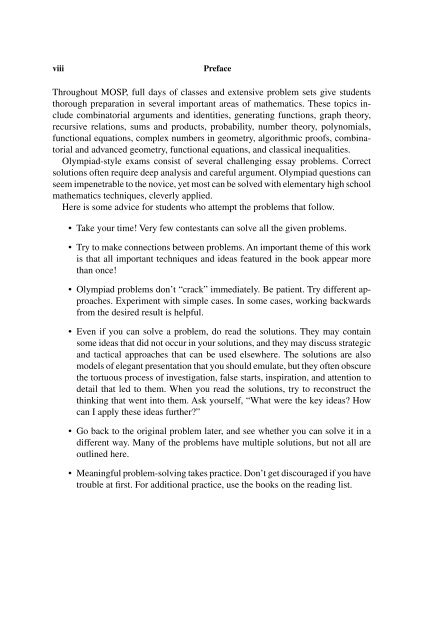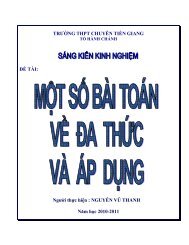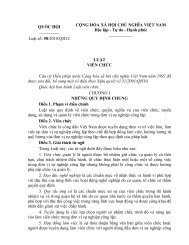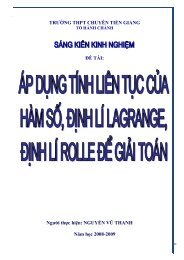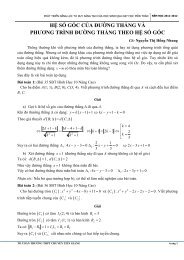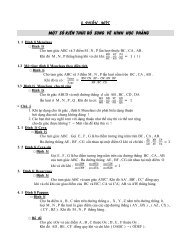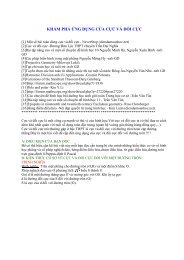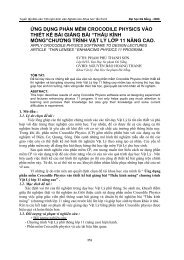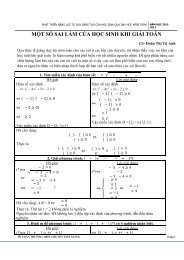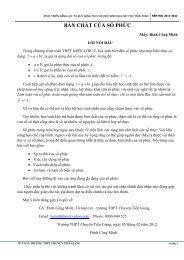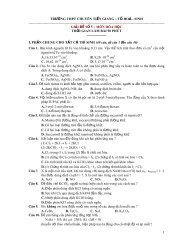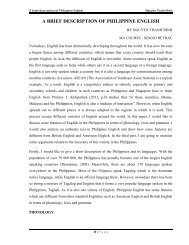103 Trigonometry Problems
103 Trigonometry Problems
103 Trigonometry Problems
Create successful ePaper yourself
Turn your PDF publications into a flip-book with our unique Google optimized e-Paper software.
viii<br />
Preface<br />
Throughout MOSP, full days of classes and extensive problem sets give students<br />
thorough preparation in several important areas of mathematics. These topics include<br />
combinatorial arguments and identities, generating functions, graph theory,<br />
recursive relations, sums and products, probability, number theory, polynomials,<br />
functional equations, complex numbers in geometry, algorithmic proofs, combinatorial<br />
and advanced geometry, functional equations, and classical inequalities.<br />
Olympiad-style exams consist of several challenging essay problems. Correct<br />
solutions often require deep analysis and careful argument. Olympiad questions can<br />
seem impenetrable to the novice, yet most can be solved with elementary high school<br />
mathematics techniques, cleverly applied.<br />
Here is some advice for students who attempt the problems that follow.<br />
• Take your time! Very few contestants can solve all the given problems.<br />
• Try to make connections between problems. An important theme of this work<br />
is that all important techniques and ideas featured in the book appear more<br />
than once!<br />
• Olympiad problems don’t “crack” immediately. Be patient. Try different approaches.<br />
Experiment with simple cases. In some cases, working backwards<br />
from the desired result is helpful.<br />
• Even if you can solve a problem, do read the solutions. They may contain<br />
some ideas that did not occur in your solutions, and they may discuss strategic<br />
and tactical approaches that can be used elsewhere. The solutions are also<br />
models of elegant presentation that you should emulate, but they often obscure<br />
the tortuous process of investigation, false starts, inspiration, and attention to<br />
detail that led to them. When you read the solutions, try to reconstruct the<br />
thinking that went into them. Ask yourself, “What were the key ideas? How<br />
can I apply these ideas further?”<br />
• Go back to the original problem later, and see whether you can solve it in a<br />
different way. Many of the problems have multiple solutions, but not all are<br />
outlined here.<br />
• Meaningful problem-solving takes practice. Don’t get discouraged if you have<br />
trouble at first. For additional practice, use the books on the reading list.


